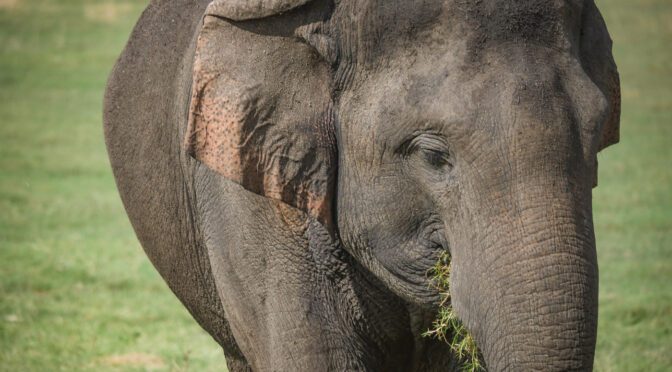The Cango Caves are segregated into a few halls. The grand Van Zyl’s Hall is named after Jacobus Van Zyl, who myth believes was a local farmer who rediscovered the caves in modern era. Here dwells the must-see Cleopatra’s Needle, speculated to be over 150,000 years old. The stalagmite rises almost ten metres to touch the ceiling.
When visiting the caves, there are two tours to choose from: Heritage; and Adventure. As its name suggests, the Adventure tour is more physically demanding, taking visitors to the 200-step Jacob’s Ladder, and fascinating formations resembling King Solomon, an ice cream cone and coffin. The trek leads to Devil’s Kitchen, in which the Devil’s Chimney, measuring only forty-five centimetres in width, awaits. Egress is only possible by executing a leopard crawl through the twenty-seven-centimetre-high crevice of the Devil’s Post Box.







